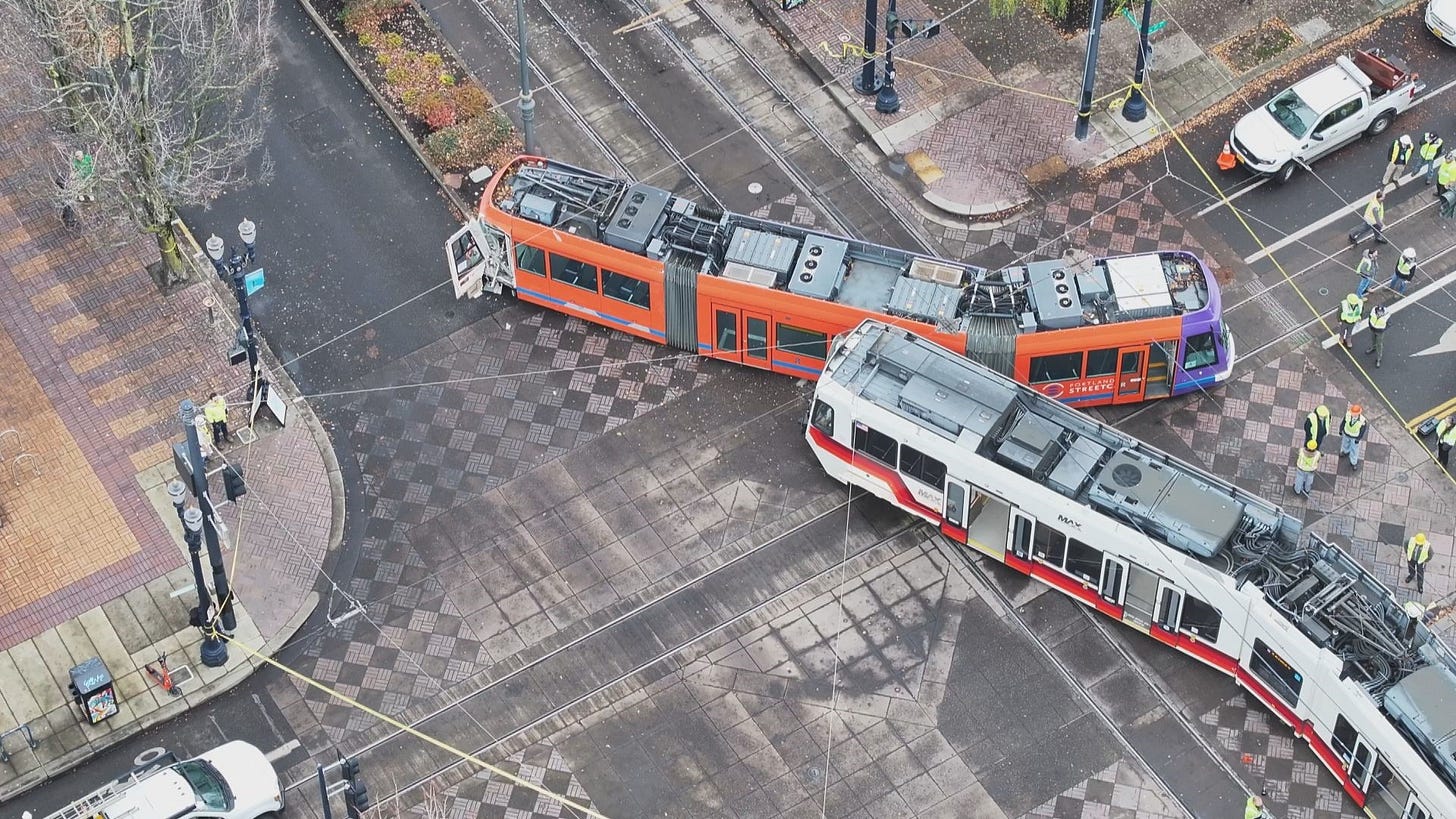Transportation funding proposal would empty Oregonians’ wallets to fill the tank
Legislature should downsize its transportation package to reflect the realities of demographic changes and an uncertain economy

The high-profile, big-ticket item in this year’s legislative bazaar is a new transportation package. The Joint Committee on Transportation has spent the session trying to figure out a way to increase the Oregon Department of Transportation budget by $1.75 billion or more per biennium to pay for repairs, maintenance and a smorgasbord of new projects.
When they unveiled the latest funding proposal, legislators emphasized the deteriorating condition of Oregon bridges and roads and the increased costs that will result from delaying necessary repairs and maintenance.
They are right on both of those points. So, why do they continue to stuff their proposed bill with discretionary spending that doesn’t repair or maintain existing infrastructure? Is it because they think Oregonians want both new projects and better maintenance of existing infrastructure?
That’s a fair question, but it raises another question: Can Oregonians afford both?
Any realistic calculation of already-existing taxes and the state of the economy tells you the answer is no. And if Democrats believe what they say every hour of every day about the economy under President Trump, as well as the latest economic forecast by the state economist, they know that.
Instead of paring down their wish list, they propose we pay for a plan that includes optional spending such as expanded transit service, new bike paths and “wildlife crossings.” Here are the proposed taxes that would fund all that spending.
• A 40-cent-per-gallon increase in the gasoline tax.
• A 2 percent sales tax on new vehicles
• A 1 percent sales tax on used vehicles with a price of more than $10,000
• A 0.3 percentage point increase in the vehicle privilege fee (basically a sales tax by another name)
• Raise the State Transportation Improvement Fund tax (dedicated to transit) from 0.1 percent to 0.18 percent public transit
• Increase vehicle registration and title fees by a combined $156
That’s a big bill to pay even when you are flush with cash. Asking taxpayers for that much money in the midst of one of the most uncertain economies in years (yes, some of the uncertainty is because of the Trump tariffs but a lot of it is because of uncontrollable technological and demographic changes) is a direct contradiction to any stated desire to help Oregonians cope with the uncertainty.
So where do we go from here?
Republicans offered a scaled-back transportation plan, which appears to have received about as much attention as an old newspaper after it’s been used as a fish wrapper. I get it. The Democrats don’t need Republican votes to pass a bill and the Republican proposal erased projects that Democratic interest groups desperately want. So, Democratic legislators can go ahead and reject that plan. No one can stop them. But then they should make some cuts of their own and show Oregon voters that there’s a limit to how much of their money they’ll spend.
A small group of Republicans continues to negotiate on a compromise with Democrats. Leaks about the direction of negotiations have not been promising but there’s always hope.
Here are a few ideas that could help them:
Recognize that the world is changing. Oregon’s high number of work-from-home employees, stagnant population and aging citizenry all suggest less need for both roads and public transit than previously envisioned. Even if more money was available, repairing and maintaining existing roads would be the wise priority. More bike paths are a nice amenity but are they mandatory?
Recognize that some people need public transit but overall demand is decreasing. Neither the Republican proposal (no increase in public transit spending) nor the Democratic proposal (a drastic increase) is realistic. Maintaining even reduced service will require some increase due to inflation. But this is the wrong time to invest in big new projects. We’ve all sat at railroad crossings and watched almost empty trains pass by. This is the ideal time to carefully examine routes and make sure they match current demand. I’m guessing a fair, rigorous analysis would show fewer downtown routes are needed.
Remember that total tax burden matters. Maybe a disciplined, only-what-we-need transportation budget still would require more money for the Department of Transportation. I need to see a good-faith proposal to believe that, but it’s possible. If so, make cuts elsewhere. Because I know one thing that isn’t possible: To think average Oregonians (and that’s who this funding proposal hits) can afford higher taxes.
Rep. Mark Gamba (D-Milwaukie), co-chair of the Joint Transportation Committee has called voters who oppose new taxes “petulant children,” but if the Legislature continues to push higher taxes and a super-sized transportation package even as population and state revenues decline, who really is being petulant?





This “petulant child” is OUTRAGED at the blatant waste of funds and the total lack of foresight by the Kings of ODOT
🤬
Just got back from S. E. Louisiana Cash price regular $2.59.CC $ 2.69 Their roads are in as good or better shape alot of the freeways are elevated over water and surface roads get about twice the rain as the Willamette Valley but New Orleans a city about 2/3 the population of Portland runs on a budget roughly 1/5th of Portland